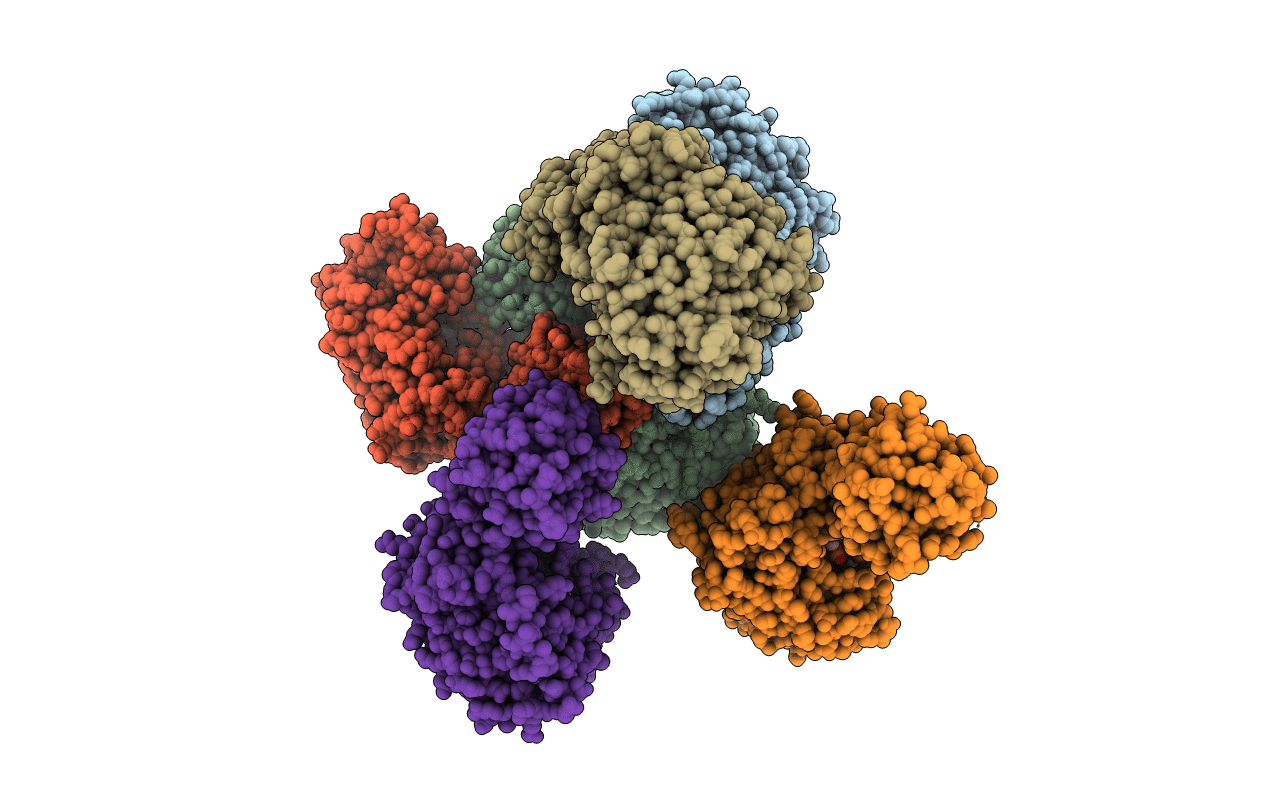
Deposition Date
2019-01-21
Release Date
2020-01-29
Last Version Date
2024-10-23
Method Details:
Experimental Method:
Resolution:
3.05 Å
R-Value Free:
0.28
R-Value Work:
0.23
R-Value Observed:
0.23
Space Group:
P 21 21 21


